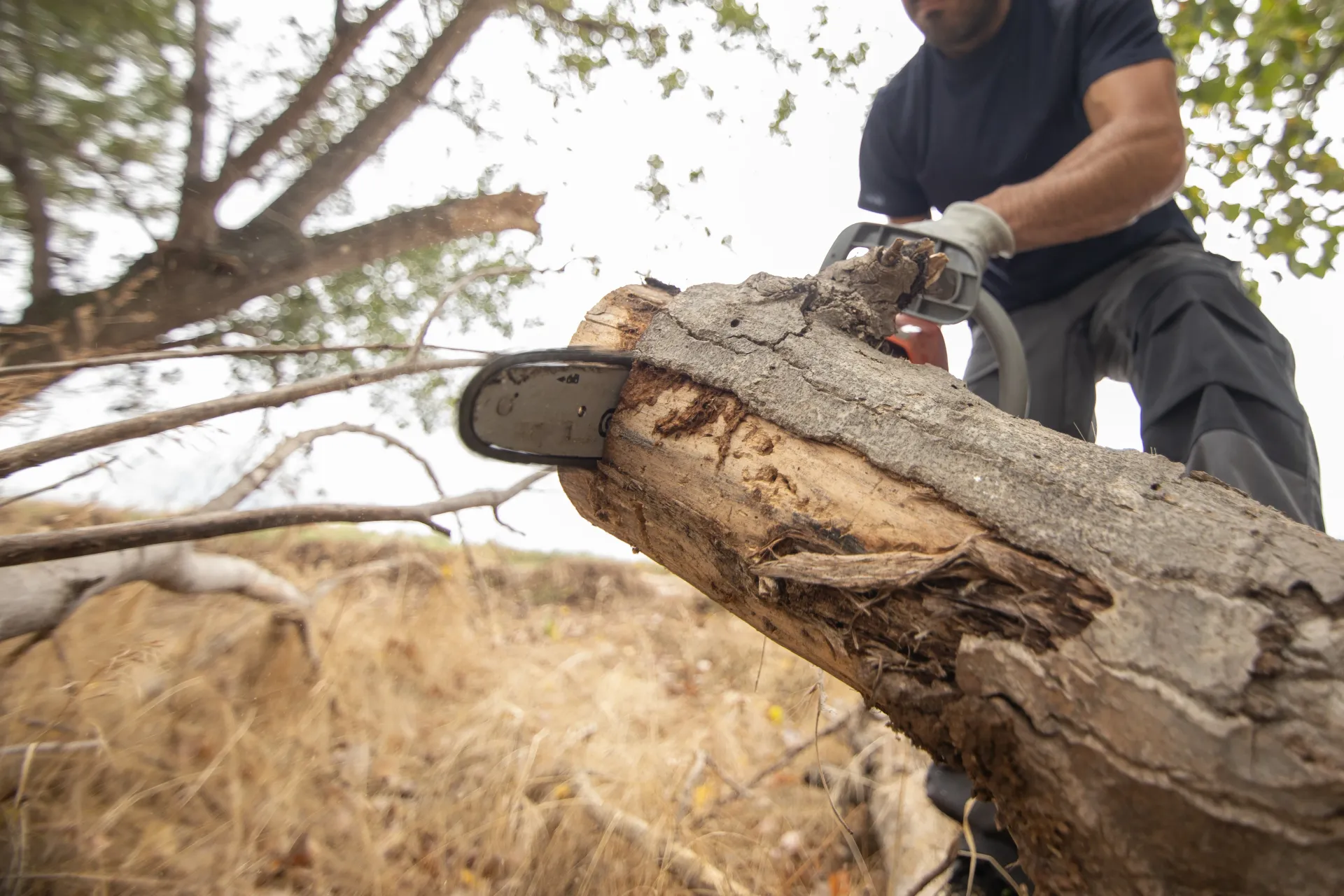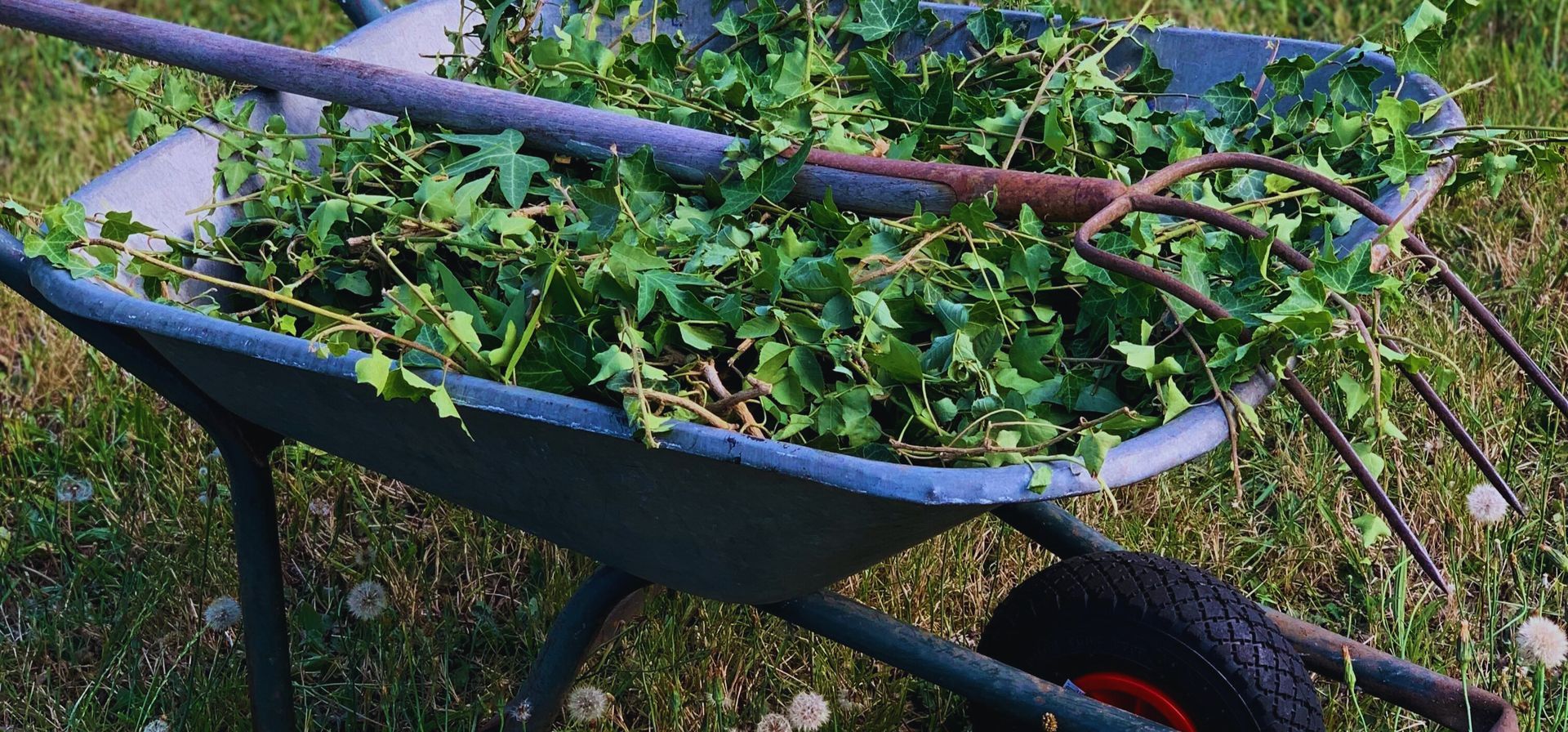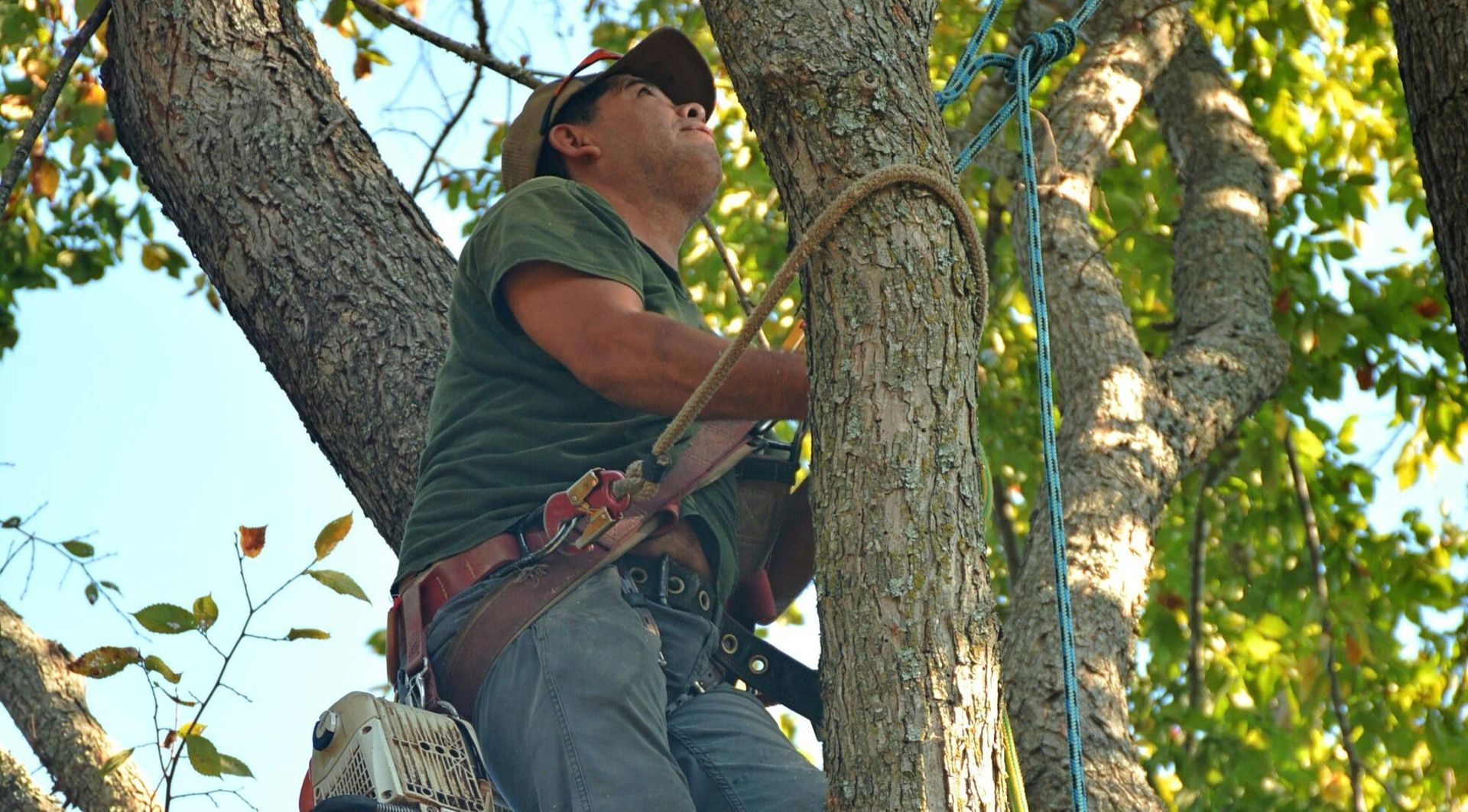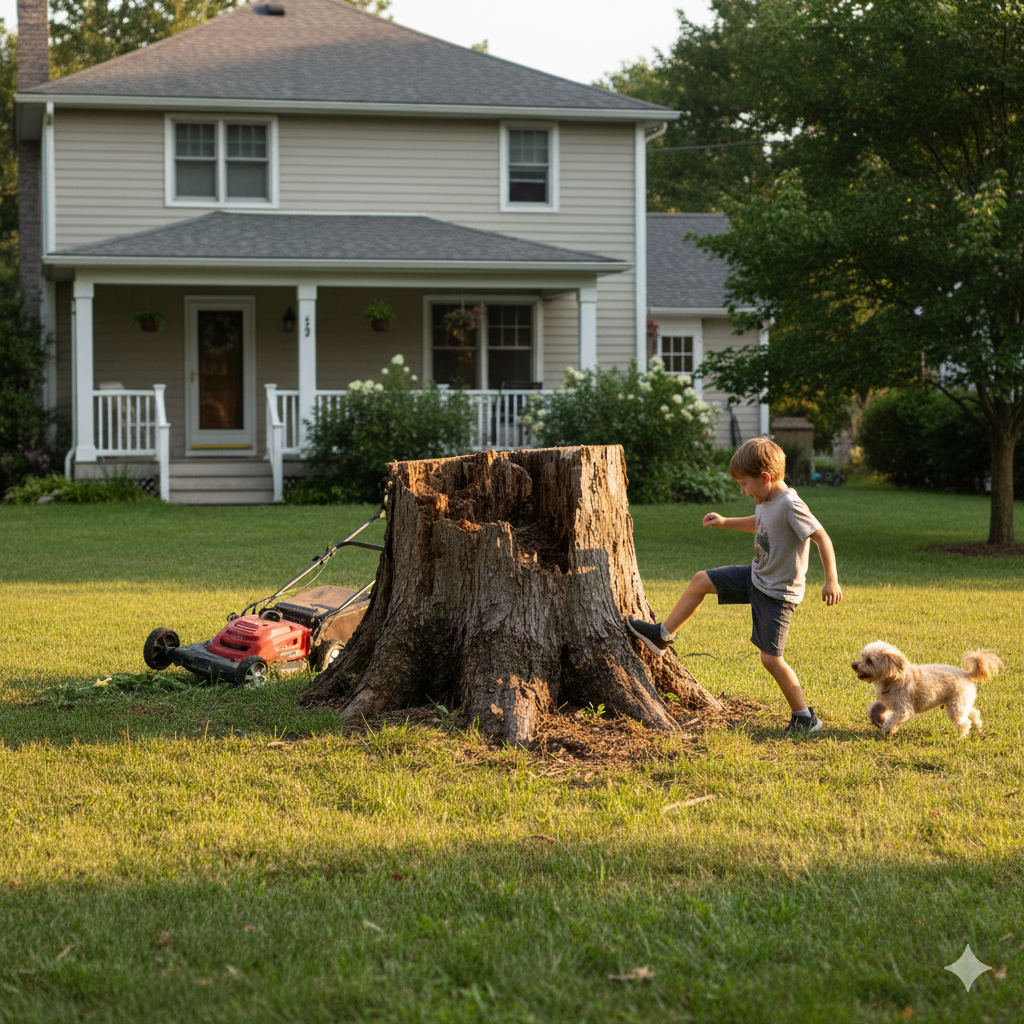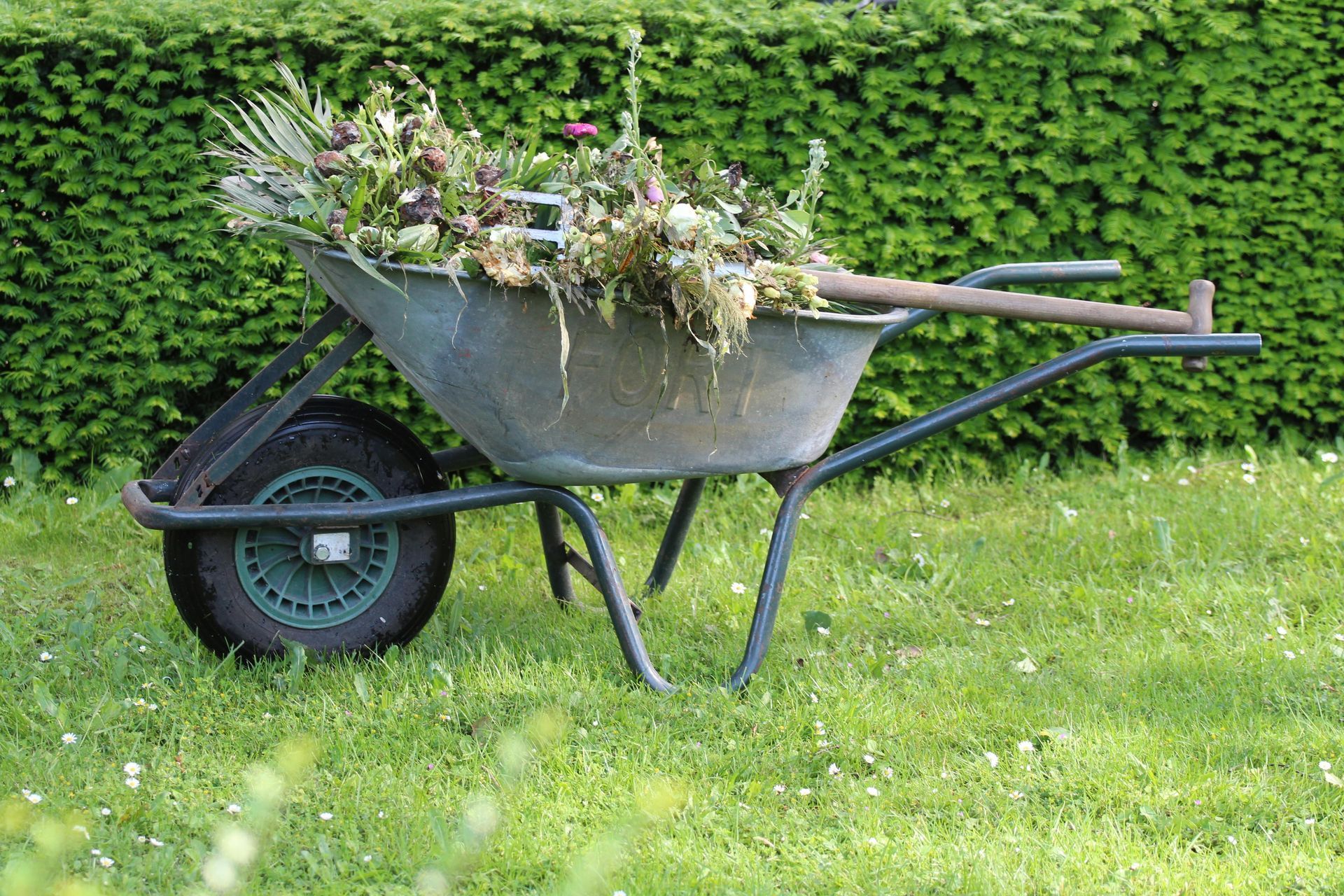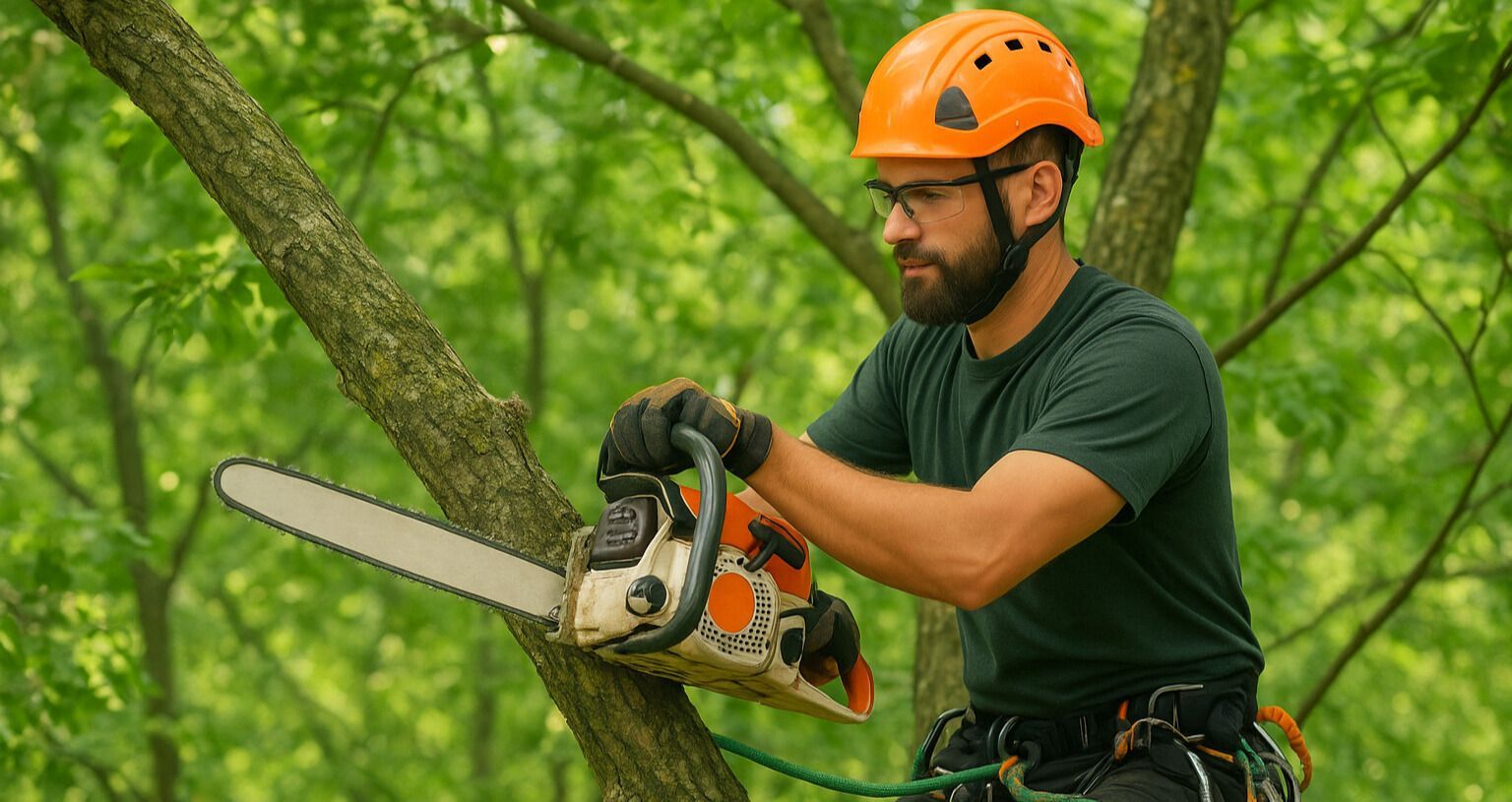What Do Arborists Do With All Those Wood Chips After a Job?
Hey there, Southern California homeowners! We at Perfection Tree Specialists are dedicated to keeping your trees thriving, and sometimes that means leaving behind some wood chips. But fear not, those chips have a bright future!
In this blog, we'll answer all your burning questions about wood chips:
- Why do arborists create wood chips?
- What happens to the chips after a job?
- How can you repurpose the chips for your yard? (Bonus: We'll share some things to avoid!)
- We'll even explore some FAQs at the end to make sure you have all the information you need.
So, grab a cup of coffee, settle in, and let's get chipping!
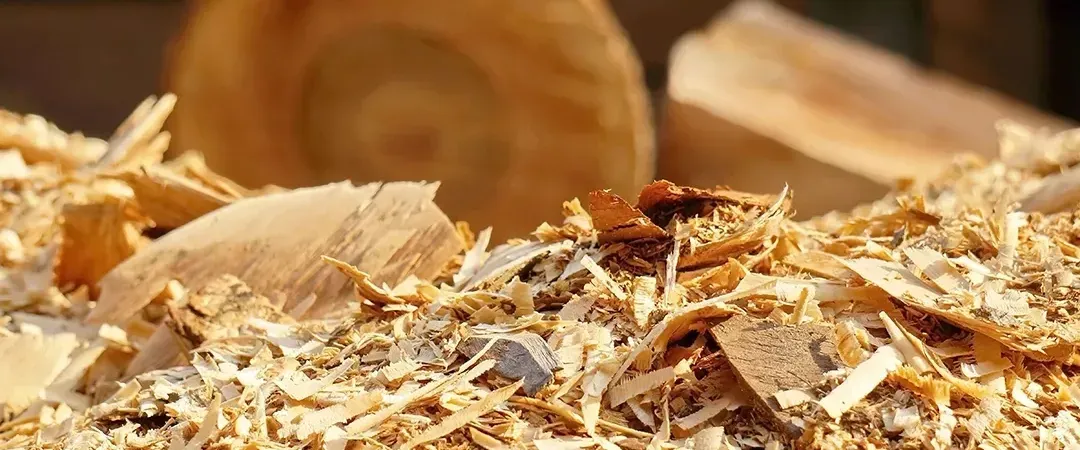
Why Do Arborists Create Wood Chips?
As an arborist in Southern California, I've often been asked about the fate of the wood chips left behind after a tree care job. It's a common question and one that deserves a detailed answer.
There are two main reasons why arborists create wood chips:
- Safety and Efficiency: When we trim or remove branches, large pieces of wood can be dangerous to move and time-consuming to haul away. Chipping them into smaller pieces makes the job safer and more efficient.
- Tree Health: Sometimes, we remove diseased or dead branches to promote healthy growth. Wood chips can benefit the remaining tree by helping to retain moisture in the soil and suppress weed growth.
What Happens to the Wood Chips?
Here are some of the most common destinations for wood chips after an arborist job:
- Recycling Facilities: Many facilities accept wood chips to be composted or turned into biofuel. This is a great eco-friendly option!
- Landscaping Businesses: Landscapers often use wood chips for mulch, playgrounds, or pathways.
- Your Yard (with your permission!): We can discuss leaving some chips behind for you to use in your landscaping projects.
What Do Arborists Do with Wood Chips?
After completing a tree care job, arborists typically follow a standard procedure for handling wood chips. Here's a step-by-step breakdown:
- Collection: We collect the wood chips from the job site, usually using specialized equipment like chipper trucks or chippers attached to our vehicles.
- Sorting: We sort the wood chips into different categories based on their size, quality, and intended use. This ensures that the right type of chips are used for the right purpose.
- Storage: We store the sorted wood chips in a designated area, often on-site or at a nearby facility until they're ready for use or disposal.
- Use: We use the wood chips for various purposes, such as:
- Mulching: Wood chips are used as a natural mulch to retain moisture, suppress weeds, and regulate soil temperature in gardens, parks, and other green spaces.
- Composting: Wood chips can be composted to create nutrient-rich soil amendments for landscaping and gardening.
- Fuel: Wood chips can be used as a renewable energy source for heating or power generation.
- Landscaping: Wood chips are used for decorative purposes, such as pathways, borders, or ground cover.
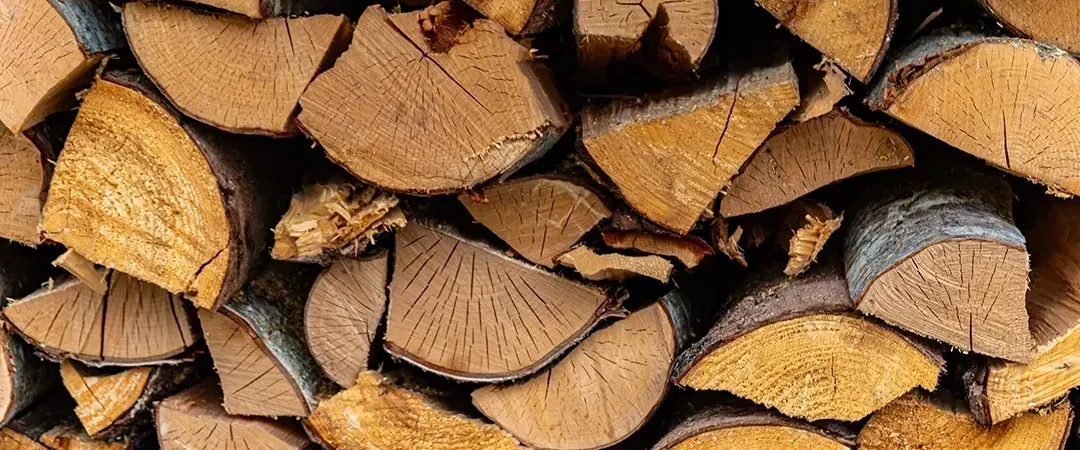
Turning Trash into Treasure: Repurposing Wood Chips in Your Yard
Wood chips are a valuable resource for your garden! Here's how you can use them:
Mulch
Wood chips make fantastic mulch for flower beds and around trees (except for newly planted ones). They help retain moisture, suppress weeds, and regulate soil temperature.
Here's how to use wood chips as mulch:
- Spread a 2-3 inch layer of chips around your plants, keeping them away from the base of the trunk/stem.
- Fresh wood chips can rob the soil of nitrogen as they decompose. To avoid this, you can add a thin layer of compost before adding the chips
.
Composting
Wood chips are a great addition to your compost pile! They provide "brown" material, which helps balance the "green" materials (like food scraps) and creates a healthy composting environment.
Why Do Arborists Handle Wood Chips?
Handling wood chips is an essential part of the tree care process for several reasons:
- Environmental Responsibility: Properly managing wood chips helps reduce waste and minimizes the environmental impact of tree care operations.
- Efficiency: Sorting and storing wood chips allows us to reuse them for various purposes, reducing the need for new materials and minimizing waste.
- Cost Savings: Using wood chips for mulching, composting, or fuel can save money compared to purchasing these materials from external sources.
Things to Avoid
When handling wood chips, it's crucial to avoid the following:
- Improper Storage: Storing wood chips in a way that allows them to become wet, moldy, or infested with pests can render them unusable.
- Inadequate Sorting: Failing to sort wood chips properly can lead to contamination, reduced quality, or incorrect use.
- Disposal: Disposing of wood chips without proper handling and processing can result in environmental harm and waste
.
Recommendations
To ensure effective wood chip management, follow these recommendations:
- Choose a Reputable Arborist: Partner with an experienced and environmentally responsible arborist who follows proper wood chip handling procedures.
- Monitor Wood Chip Quality: Regularly inspect wood chips for signs of contamination, mold, or pest infestation to ensure they remain usable.
- Plan Ahead: Consider the intended use of wood chips and plan accordingly to minimize waste and optimize their value
Key Takeaways
- Arborists collect, sort, and store wood chips after a job.
- Wood chips are used for mulching, composting, fuel, and landscaping.
- Proper handling and storage are crucial to maintain wood chip quality.
- Environmental responsibility, efficiency, and cost savings are key benefits of wood chip management.
FAQ
Q: Can I keep the wood chips from my tree job?
A: Absolutely! We can discuss leaving some chips behind for you to use in your landscaping projects. There may be a small fee depending on the quantity.
Q: Will the wood chips attract termites?
A: There's a common misconception that wood chips attract termites. While termites can infest anything made of wood, a properly maintained mulch layer around your home's foundation is unlikely to attract them.
Q: What kind of wood chips are best for mulch?
A: Hardwood chips like oak or maple tend to last longer than softwood chips like pine.
Q: What happens to wood chips that are not suitable for use?
A: Unsuitable wood chips are disposed of in an environmentally responsible manner, such as through a licensed waste management facility.
Q: Can I use wood chips from my own tree care job?
A: Yes, if you have the necessary equipment and expertise to handle and process wood chips properly. However, it's recommended to consult with a professional arborist for guidance.
Q: Are wood chips a viable alternative to traditional mulch?
A: Yes, wood chips can be a cost-effective and sustainable alternative to traditional mulch, especially when sourced from local, sustainable sources.
Conclusion
Handling wood chips is a critical aspect of the tree care process, and arborists play a vital role in ensuring their proper management. By understanding the steps involved in wood chip handling, the importance of environmental responsibility, and the things to avoid, you can trust that your arborist is committed to providing high-quality services while minimizing waste and promoting sustainability.
So, the next time you see an arborist working in your neighborhood, don't be surprised by the wood chips! They're a sign of a job well done and can be a valuable resource for your own yard. By repurposing wood chips, you can save money, benefit your plants, and even help the environment.
At Perfection Tree Specialists, we're committed to sustainable practices and providing excellent customer service. If you have any questions about tree care or wood chips, don't hesitate to contact us!
Table: Uses of Wood Chips
| Use | Benefits | Things to Avoid |
|---|---|---|
| Mulch | Retains moisture, suppresses weeds | Don't use too thick a layer |
| Compost | Balances green materials, enriches soil | Don't use diseased wood chips |
| Paths and Walkways | Attractive, natural-looking pathways | Avoid if wood chips are from softwoods |
| Erosion Control | Prevents soil erosion on slopes and banks | Ensure proper layering to prevent runoff |
If you're interested in learning more or need wood chips for your project, feel free to reach out to me at Perfection Tree Specialists. Happy gardening!

